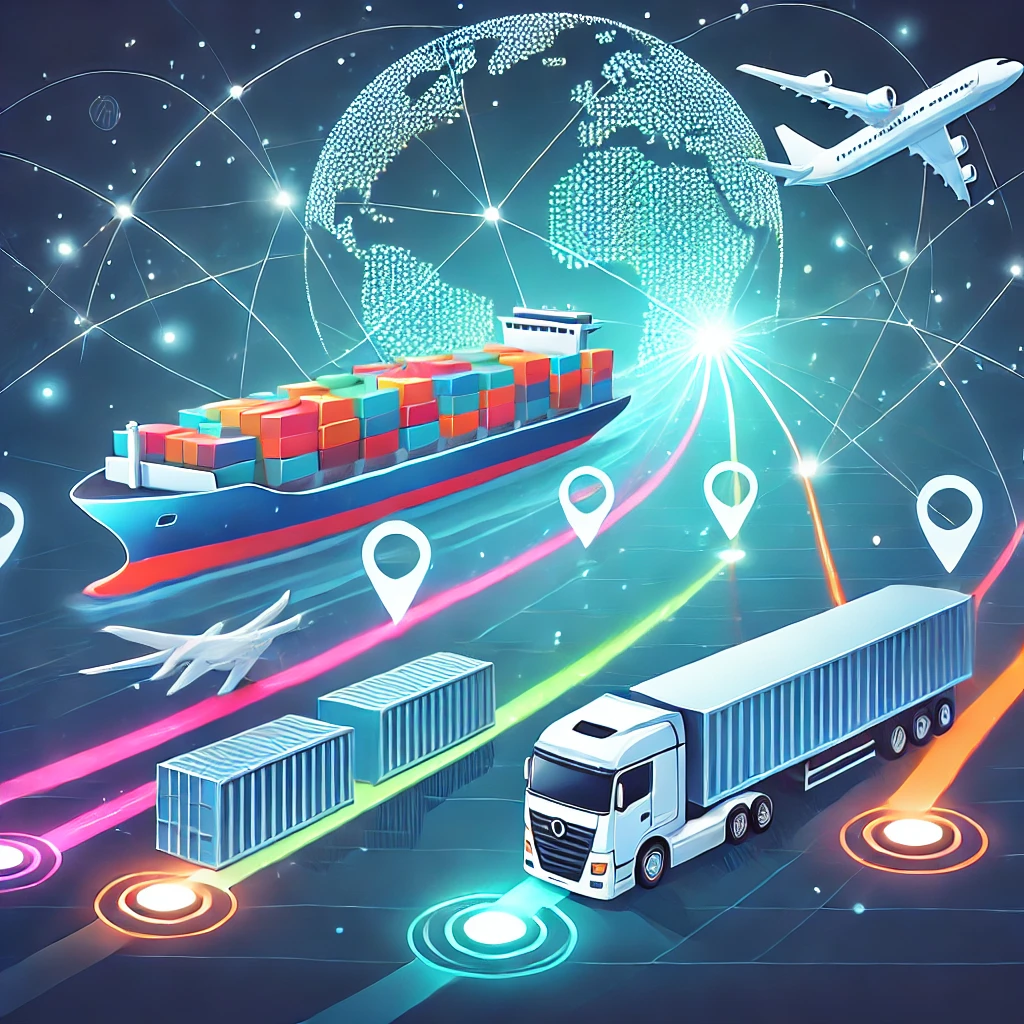Everything You Need to Know About Forwarding Networks

Key Features of Forwarding Networks
- 🌐 Global Connectivity: Connects multiple logistics providers across different regions.
- 🚚 Service Integration: Offers multimodal transportation options, including air, sea, and land.
- 📡 Real-Time Tracking: Provides live updates on shipment status.
- 💳 Cost Efficiency: Reduces transportation costs through network partnerships.
Practical Uses of Forwarding Networks
- 📦 Freight Consolidation: Combines smaller shipments to reduce shipping costs.
- 🌎 Global Trade Facilitation: Simplifies international shipping and customs processes.
- 🚚 Last-Mile Delivery: Enhances the efficiency of final delivery to customers.
- 📜 Document Management: Streamlines invoicing, customs forms, and bills of lading.

Importance of Forwarding Networks in Logistics
- 💰 Cost Savings: Minimizes shipping expenses through shared resources.
- 🚀 Efficiency Gains: Speeds up transportation with optimized routes.
- ✅ Reliability: Reduces transit times and delivery delays.
- 🌱 Sustainability: Promotes eco-friendly logistics through efficient route planning.
Tips for Leveraging Forwarding Networks
- 📑 Choose Reliable Partners: Work with experienced logistics providers.
- 🛡️ Use Digital Platforms: Automate booking, tracking, and documentation.
- 💳 Compare Rates: Utilize network bidding to secure competitive shipping rates.
- 🔄 Monitor Performance: Track KPIs to ensure network efficiency.

🌎 Real-World Example
A retail company uses a forwarding network to consolidate shipments from Asia to Europe, reducing transportation costs by 25% and improving delivery times.

🚀 Trends in Forwarding Networks
- 📡 Blockchain Technology: Enhances transparency in shipments.
- 🌱 Green Logistics: Focuses on reducing carbon footprints.
- 💻 AI Integration: Improves route planning and demand forecasting.
- 📲 IoT Devices: Enables real-time tracking and shipment monitoring.
✅ Conclusion
Forwarding networks are crucial for modern supply chain management, offering businesses significant cost savings, improved efficiency, and reliable transportation solutions. By adopting digital technologies, such as AI and blockchain, companies can gain real-time insights, enhance transparency, and reduce operational risks. Additionally, businesses that collaborate with trusted partners and continuously monitor performance can maximize network efficiency and reduce costs. As global trade grows, leveraging forwarding networks strategically will be essential for maintaining a competitive edge and achieving long-term operational excellence.
